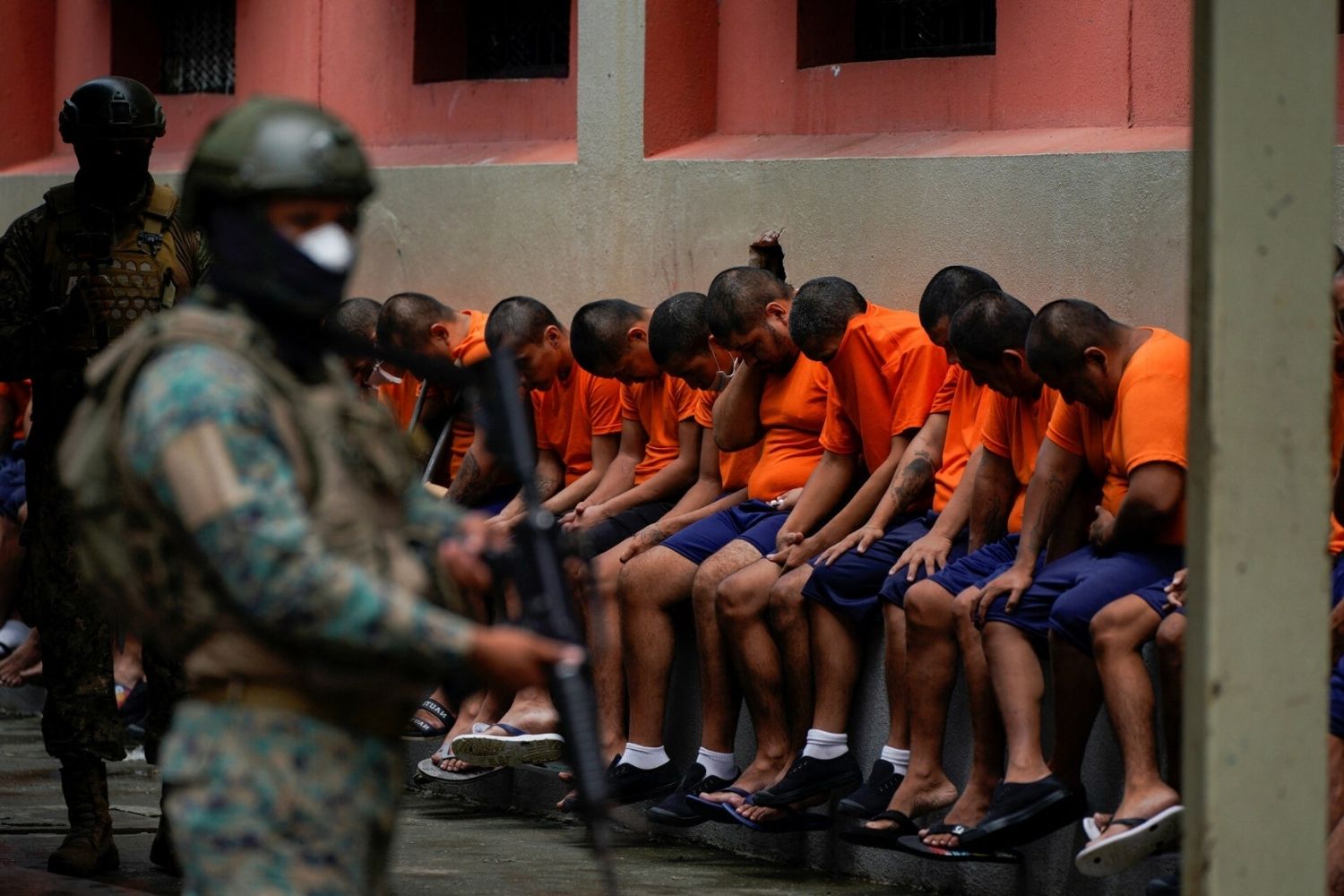
Gang violence is a serious issue affecting communities worldwide. Did you know that gang-related activities account for a significant portion of violent crimes in many urban areas? These groups often engage in illegal activities such as drug trafficking, extortion, and robbery. Understanding gang violence is crucial to finding solutions and protecting our neighborhoods. This article will provide 18 eye-opening facts about gang violence, shedding light on its causes, effects, and possible interventions. From the history of gangs to modern-day challenges, these facts will help you grasp the complexity of this problem. Let's dive in and uncover the truth behind gang violence.
Key Takeaways:
- Gang violence often starts in adolescence, driven by the need for protection and belonging. Poverty and mental health issues also play a role, impacting communities beyond just crime rates.
- Law enforcement, community involvement, and youth outreach programs are crucial in combating gang violence. Media and culture can glamorize gangs, influencing young people's perceptions and behaviors.
Understanding Gang Violence
Gang violence is a serious issue affecting communities worldwide. It involves criminal activities carried out by organized groups. Here are some important facts to help you understand this complex problem better.
-
Gang violence often starts in adolescence. Many gang members join between ages 12 and 15, seeking protection, status, or a sense of belonging.
-
Poverty is a significant factor. Economic hardship can push individuals toward gangs as a means of survival or financial gain.
-
Gangs are not just a city problem. While often associated with urban areas, gang activity also occurs in suburban and rural communities.
The Impact of Gang Violence
The consequences of gang violence extend beyond the immediate victims. It affects families, neighborhoods, and society as a whole.
-
Gang violence leads to higher crime rates. Areas with gang activity often experience increased rates of robbery, assault, and drug trafficking.
-
It strains community resources. Law enforcement, healthcare, and social services are often overwhelmed in areas with high gang activity.
-
Education suffers. Schools in gang-affected areas may see lower attendance and graduation rates due to fear and instability.
Gang Violence and Law Enforcement
Law enforcement agencies play a crucial role in combating gang violence. Their strategies and actions can significantly impact the prevalence of gang activity.
-
Specialized units are often formed. Many police departments have dedicated gang units to focus on gang-related crimes.
-
Community policing helps. Building trust between police and communities can lead to better cooperation and more effective crime prevention.
-
Gang injunctions are used. These are court orders that restrict gang members' activities to reduce violence and criminal behavior.
Social and Psychological Aspects
Understanding the social and psychological aspects of gang violence can help in developing effective prevention and intervention strategies.
-
Peer pressure is a strong influence. Young people may join gangs due to pressure from friends or family members already involved.
-
Trauma and abuse are common. Many gang members have histories of physical or emotional abuse, which can contribute to their involvement in violence.
-
Mental health issues are prevalent. Depression, anxiety, and PTSD are common among gang members, often stemming from their violent lifestyles.
Efforts to Combat Gang Violence
Various programs and initiatives aim to reduce gang violence and support those affected by it.
-
Youth outreach programs are vital. These programs provide at-risk youth with alternatives to gang involvement, such as education and job training.
-
Rehabilitation and reentry programs help. Former gang members can benefit from support services that assist with reintegration into society.
-
Community involvement is key. Local organizations, religious groups, and residents can work together to create safer, more supportive environments.
The Role of Media and Culture
Media and culture play a significant role in shaping perceptions of gang violence and influencing behavior.
-
Media portrayal can glamorize gangs. Movies, music, and TV shows sometimes depict gang life as exciting or glamorous, which can attract young people.
-
Social media is a tool for gangs. Gangs use social media to recruit members, coordinate activities, and intimidate rivals.
-
Cultural factors matter. Cultural identity and community dynamics can influence gang formation and behavior, making tailored interventions necessary.
The Bigger Picture
Gang violence isn't just a problem for certain neighborhoods; it affects entire communities. Understanding the facts about gang violence helps us see the broader impact. It disrupts families, schools, and local economies. By knowing the root causes, like poverty and lack of education, we can work on solutions that address these issues head-on.
Communities can come together to create safe spaces for youth, provide better education, and offer job opportunities. Law enforcement and social services need to collaborate to tackle this issue effectively. Everyone has a role to play, from parents to teachers to local leaders.
Raising awareness and taking action can make a real difference. Let's use this knowledge to push for change and create safer, more supportive environments for everyone. Together, we can reduce gang violence and build stronger, healthier communities.
Frequently Asked Questions
Was this page helpful?
Our commitment to delivering trustworthy and engaging content is at the heart of what we do. Each fact on our site is contributed by real users like you, bringing a wealth of diverse insights and information. To ensure the highest standards of accuracy and reliability, our dedicated editors meticulously review each submission. This process guarantees that the facts we share are not only fascinating but also credible. Trust in our commitment to quality and authenticity as you explore and learn with us.
